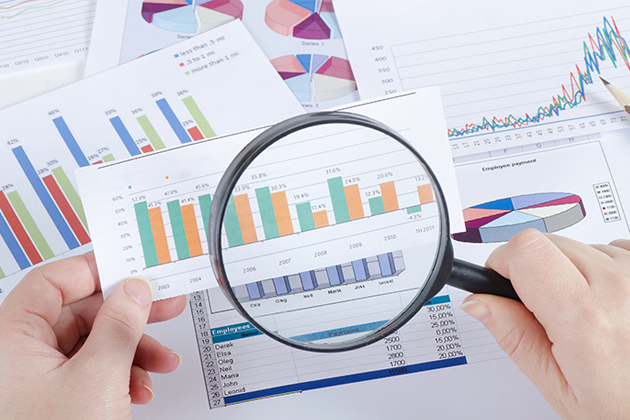While fraud threats are nothing new for payments processors and financial institutions, the degree and magnitude of such incidents have escalated in recent years. A February 2018 Javelin study found that nearly 16.7 million consumers were victims of identity fraud in 2017—up 8% from the previous year.
Fraud prevention solutions must be flexible and sophisticated enough to not only counteract increasingly-savvy fraudsters, but also distinguish true fraud from false positives, which occur when genuine activity is mistakenly treated as fraud. According to CreditCards.com, four out of five blocked transactions are actually genuine, and these misunderstandings often result in customers being locked out of their accounts. In many ways, the aftermath of false positives can prove more damaging and costly than an actual instance of fraud, as institutions miss revenue generation opportunities while simultaneously hindering customer loyalty and trust.
As consumer payment technologies evolve, so too will the complexities of fraud detection and mitigation. Therefore, it is vital that risk management teams end their reliance on rigid, manually-programmed rule sets or static machine learning models and instead capitalize on the advanced capabilities offered by today’s more versatile tools. By modernizing their fraud strategies with adaptive behavioral analytics, payments processors and financial institutions can better mitigate risk and increase revenue.
How Does it Work?
Unlike the static machine learning of the past, adaptive behavioral analytics are extremely proficient at differentiating between actual fraud and activities that appear suspicious but are ultimately genuine. As a result, friction in financial services and e-commerce is significantly reduced and customers can maintain confidence in their preferred transaction method.
Adaptive behavioral analytics empowers machine learning through a set of sophisticated, automated, self-learning algorithms that review account activities and notify security teams of anomalies.
These algorithms construct baseline behavioral profiles to reflect a customer’s activity type and frequency. In every interaction—regardless of if a payment occurs—information is gathered and evaluated on the type of device that is used, how it’s used, its location and the amount of the purchase. Combined, these behaviors create a customer portrait that becomes increasingly more accurate over time. Every subsequent interaction then can be measured against the behavioral portrait, within milliseconds, to determine if their activities are fraudulent or genuine.
For example, if a user logs into his or her account at an abnormal rate or suddenly begins adding priority shipping to high-priced orders, the system will detect the irregularity and block future activity. However, if a user simply purchases an expensive holiday gift or books travel arrangements—behaviors that coincide with seasonal activity—the system will recognize and differentiate the fraudulent from the legitimate accordingly.
Adaptive behavioral analytics also optimizes the speed and convenience of fraud detection by processing volumes of data and delivering critical intelligence accurately and immediately. Through this more comprehensive investigation, the software enhances the customer profile to better understand and recognize behavioral trends—a welcome sight for security teams that previously spent hours sifting through reports to locate red flags.
Where Can Adaptive Behavioral Analytics Help Most?
The ubiquity of mobile technology has created a consumer audience who prefers to conduct business through a smartphone, tablet or another device that eliminates a trip to a physical store or bank branch. In turn, these consumers demand leading-edge mobile technologies that are intuitive, convenient and offer a full range of services.
The combination of the U.S. adoption of the EMV standard in 2015 and the rise in e-commerce has escalated the volume and prominence of Card Not Present (CNP) fraud. Whether through online purchase portals or apps that access mobile wallets, the digital entry of account information raises the likelihood of a person’s information becoming compromised.
With more transactions taking place, the volume of both true fraud activity and regular behaviors that appear suspicious will increase. However, adaptive behavioral analytics enables a more refined detection between the actual fraud and genuine activity.
It is the best of both worlds: a much-needed, innovative line of defense that combats payments fraud and clears a path for more revenue-generating transactions.

 Is your audience changing? Are your products still relevant and addressing customers’ needs? Are there opportunities for organization to predict—or least make an informed guess—about the future of the market or other trends? Answers to these difficult questions are often buried in the overwhelming amount of data organizations are already collecting and storing.
Is your audience changing? Are your products still relevant and addressing customers’ needs? Are there opportunities for organization to predict—or least make an informed guess—about the future of the market or other trends? Answers to these difficult questions are often buried in the overwhelming amount of data organizations are already collecting and storing.